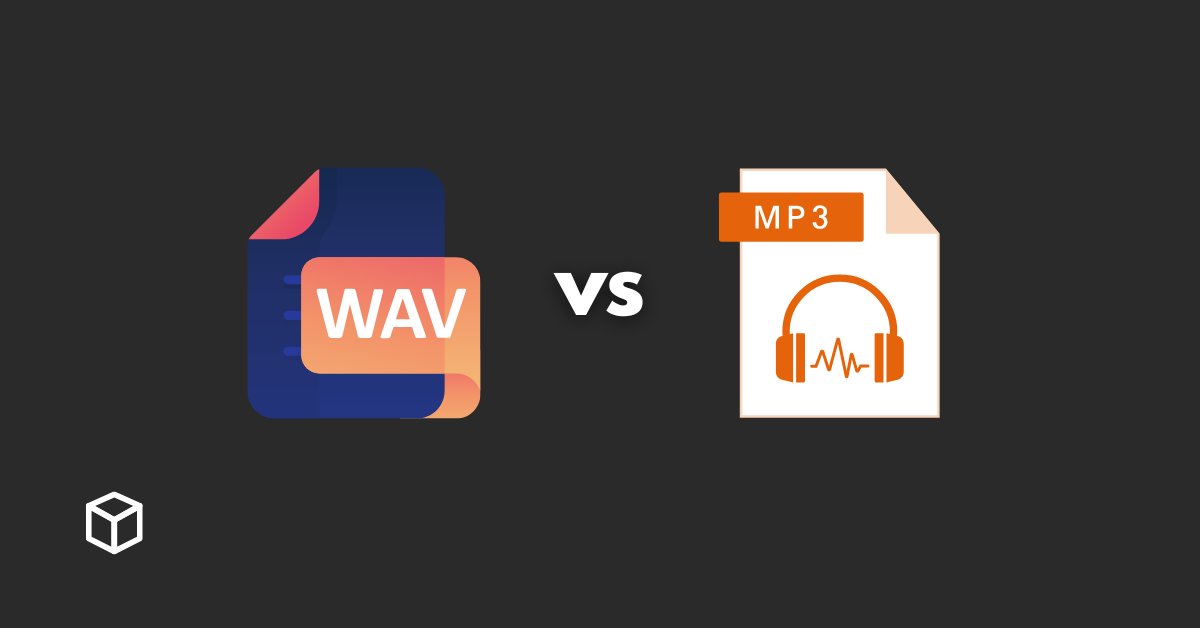When it comes to audio file formats, two of the most commonly used are WAV and MP3.
Both formats have their own unique characteristics and advantages, making them suitable for different types of audio applications.
In this article, we will explore the differences between WAV and MP3, as well as their uses, so you can make an informed decision about which format to use for your audio projects.
Introduction
WAV and MP3 are both audio file formats that are widely used for storing and playing music and other types of audio.
WAV stands for Waveform Audio File Format and is a standard format for storing audio on a computer.
MP3, on the other hand, stands for MPEG-1 Audio Layer 3 and is a digital audio encoding format that uses lossy compression to reduce file size.
The main difference between WAV and MP3 is in their compression method.
WAV files are uncompressed, meaning they retain all the original audio data, while MP3 files are compressed, which results in a smaller file size but a slight loss of audio quality.
WAV Format
The WAV format is a standard format for storing audio on a computer.
It is a lossless format, which means that it retains all of the original audio data, resulting in high-quality sound.
One of the major advantages of WAV files is that they are suitable for professional audio production, as they retain all the original audio data and are not compressed.
WAV files are commonly used in the music industry for archiving and editing audio.
They are also used in professional audio production, such as in the recording of music and sound effects for films and video games.
MP3 Format
The MP3 format is a digital audio encoding format that uses lossy compression to reduce file size.
The compression method used in MP3 files results in a slight loss of audio quality, but the files are much smaller in size than WAV files.
One of the major advantages of MP3 files is their small file size, which makes them suitable for online music distribution and streaming.
MP3 files are also widely compatible with a variety of devices, making them a popular choice for music players and smartphones.
Comparison of WAV and MP3
When comparing WAV and MP3, the main difference is in their audio quality and file size.
WAV files retain all of the original audio data and are lossless, resulting in high-quality sound. MP3 files, on the other hand, are compressed and result in a slight loss of audio quality.
In terms of file size, WAV files are much larger than MP3 files.
This is because WAV files are uncompressed, while MP3 files are compressed, which results in a smaller file size.
When it comes to deciding when to use WAV and when to use MP3, it ultimately depends on the intended use of the audio file.
If audio quality is of the utmost importance, such as in professional audio production, then WAV is the best option.
However, if file size and compatibility are more important, then MP3 is the better choice.
Conclusion
In conclusion, WAV and MP3 are both widely used audio file formats that have their own unique characteristics and advantages.
WAV files are lossless and retain all of the original audio data, making them suitable for professional audio production.
MP3 files, on the other hand, are compressed and result in a slight loss of audio quality, but they have a small file size and are widely compatible with a variety of devices.
Ultimately, the decision of which format to use depends on the intended use of the audio file.




